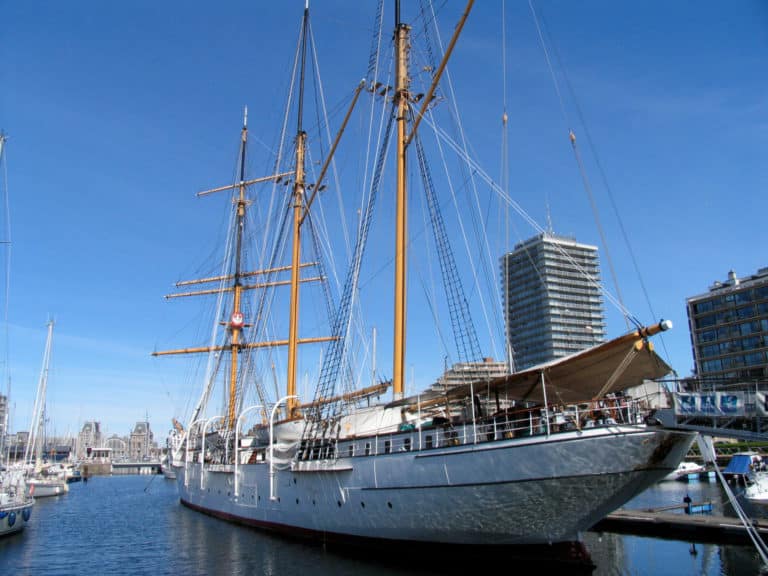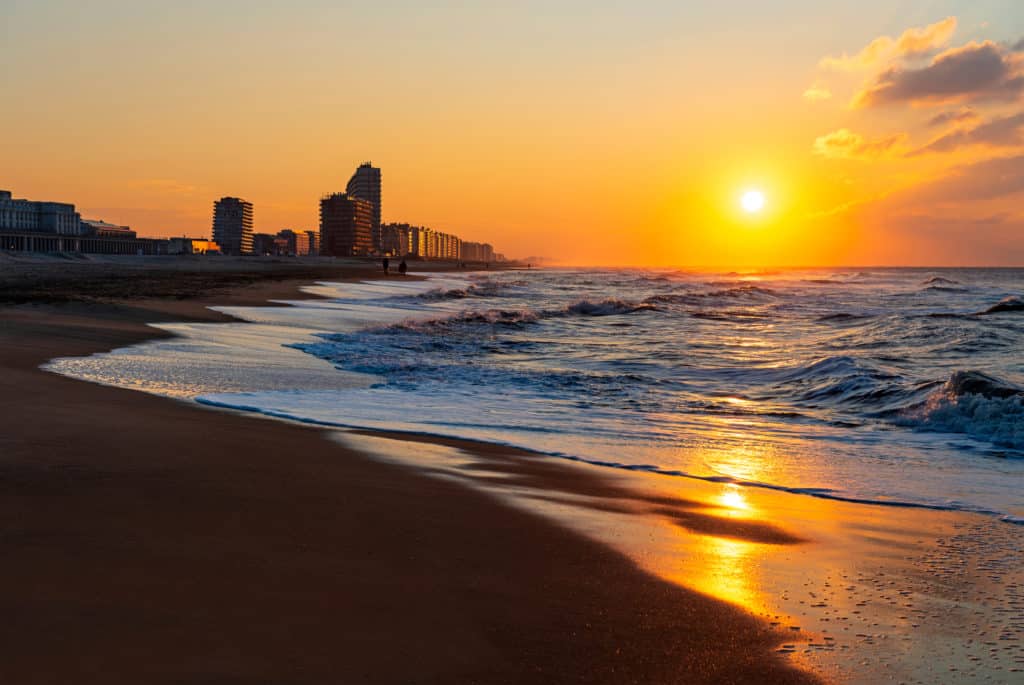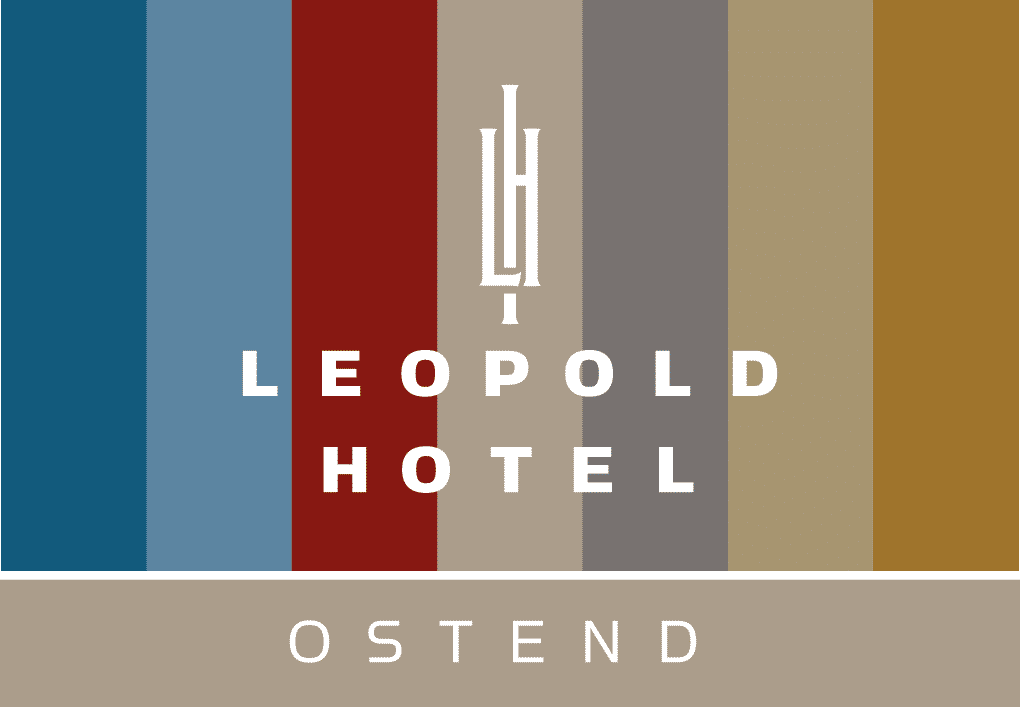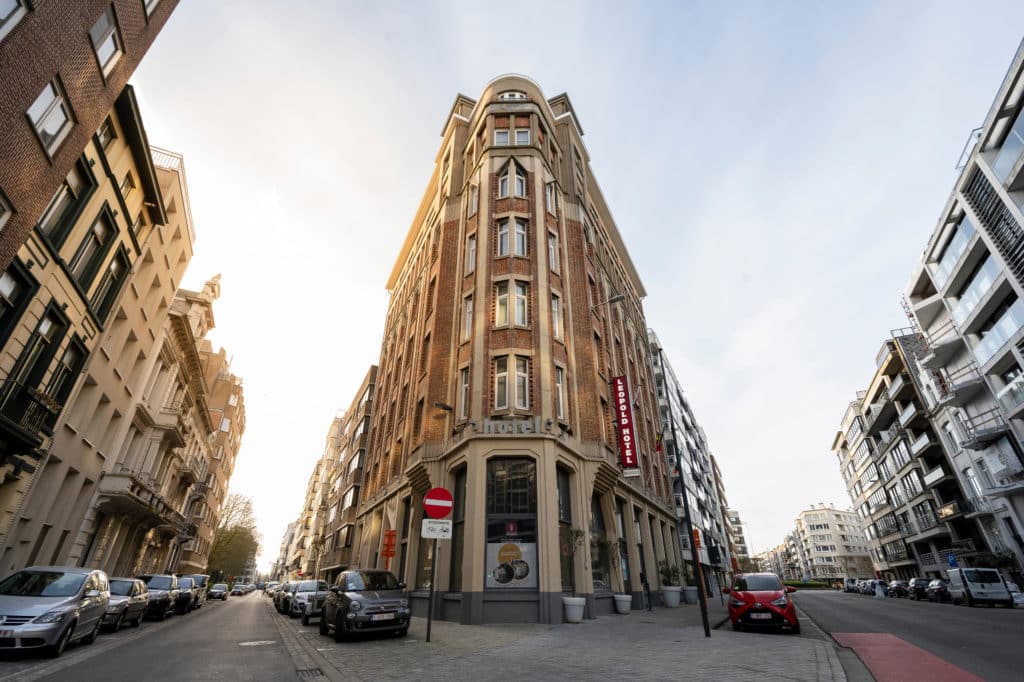This impressive ship that appeals to the imagination has been placed for everyone to see its true beauty at the Ostend marina since 1960. Step aboard this mighty ship to uncover her remarkable history. The Mercator had only two commanders and made 41 voyages. In 1956 it repatriated the remains of Father Damien from Molokai. In 1960, it sailed into the harbour of Antwerp and in 1961, it was equipped as a museum ship. Read our blog as we share some interesting facts about this important landmark.
What You Did Not Know About The Mercator

Table of Contents
What You Did Not Know About The Mercator
Suggested Posts
Hidden Places in Ostend
19/04/2017
No Comments
When you are visiting Ostend there are many famous and fun things to do and to visit. But we would like to share with you ...
Read More
Why Kids Love Our Hotel
18/07/2018
No Comments
Do you want to spend an exciting, fun vacation with your kids in Ostend? There are so many year-round activities to keep you and the ...
Read More
5 Inspirational Tips for your Romantic Getaway in Ostend
01/03/2022
No Comments
With the excitement of Christmas and the New Year celebrations long behind us, we’re excited to welcome Springtime and the most romantic month of the ...
Read More





